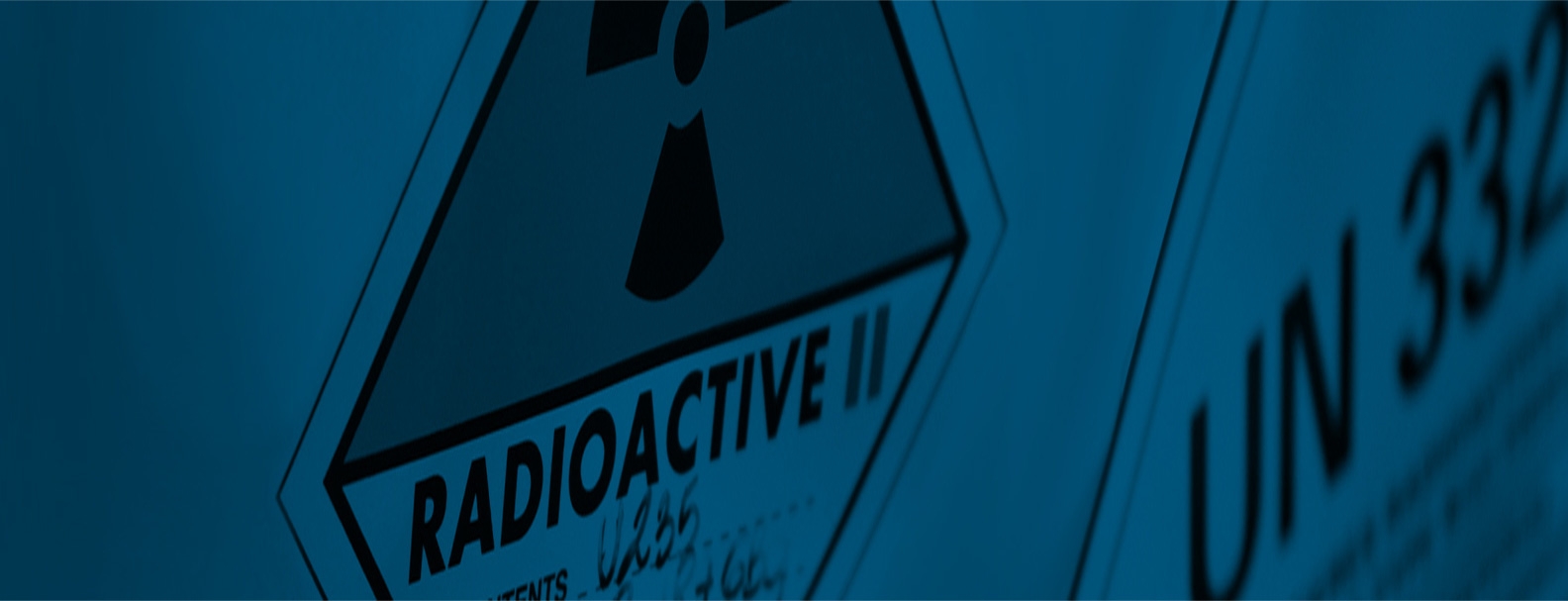 The ingredients needed to build a radiological “dirty” bomb can be found in hundreds of facilities around the United States, many of them vulnerable to theft. As a result, experts believe the likelihood of a terrorist detonating a dirty bomb is much higher than an improvised nuclear device. To address the risk posed by cesium-137, the most potentially dangerous radioactive source, the Nuclear Threat Initiative (NTI) works with hospitals, research universities, and other stakeholders in the United States and around the world to encourage the replacement of irradiators in blood sterilization and research applications with alternative x-ray technologies.
The ingredients needed to build a radiological “dirty” bomb can be found in hundreds of facilities around the United States, many of them vulnerable to theft. As a result, experts believe the likelihood of a terrorist detonating a dirty bomb is much higher than an improvised nuclear device. To address the risk posed by cesium-137, the most potentially dangerous radioactive source, the Nuclear Threat Initiative (NTI) works with hospitals, research universities, and other stakeholders in the United States and around the world to encourage the replacement of irradiators in blood sterilization and research applications with alternative x-ray technologies.
The new NTI report, Preventing a Dirty Bomb: Case Studies and Lessons Learned, offers solutions for securing and eliminating radiological sources and shares case studies from successful efforts at Emory University in Atlanta, across the University of California system, and in New York City. Progress to date has been remarkable: In New York, for example, 15 of the city’s 32 cesium-137 irradiators in use as of 2014 have been replaced and seven more are pending.
Preventing a Dirty Bomb serves as a guide and a toolkit for those interested in addressing the risks and understanding the technologies involved.
Read the full report here.
No comments:
Post a Comment